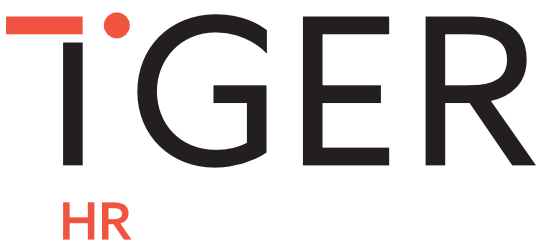As the UK reopens and people return to work, organisations and governing bodies have worked on tools to help everyone get back to work safely after COVID-19. The focus of returning to work will be to control the risk of transmission of the virus. Safe working practices must be in place to protect employees and give everyone peace of mind.
One of the key things business owners, HR professionals and employees should do is conduct a risk assessment. A return-to-work risk assessment post-COVID-19 will be similar to a general risk assessment. However, as there are some specific risks associated with the spread of the virus, a coronavirus risk assessment will have some additional checks.
What is a risk assessment?
A risk assessment is a way of systematically examining the workplace and processes for potential risks and hazards to employees. The assessment helps you to follow the procedures employees use in their daily tasks to identify potential threats.
It will include all office and workplace areas and will help you identify if measures need to be put in place. You will need to look for high-contact areas that employees may come into contact with (like communal kitchens, toilets and door handles in the office) that could cause the spread of infection.
After the COVID-19 lockdown, returning to work brings with it new additional concerns that may not have been covered by previous risk assessments you have completed. A risk assessment is an essential part of a greater return-to-office plan.
How to write a risk assessment
You may have a standard risk assessment form for your office. While this may be sufficient for a world pre-COVID-19, there are now some additional checks that will need to be included. When writing a risk assessment, you will need to add:
- Hazards associated with coronavirus
- Virus contaminating communal spaces, desks, computers
- Potential risks to employees from hazards
- Catching and/or spreading the virus in the office
- Control measures
- Social distancing
- Disinfectant/sanitisation
- Masks
- Ventilation
- Actions required
- Implementing staggered shifts
- New office layout
- Installation of screens
- Supplying hand sanitiser, high-strength disinfectant, masks etc.

A section should be included for home-working and social distancing measures for the office. High-risk areas will need to be identified, and processes will need to be implemented to combat the risks. Risk assessments for vulnerable staff will need to give clear steps and procedures on how to protect those who are at higher risk from the virus.
The post-COVID-19 risk assessment should include:
- Who completed the assessment and how
- Company information – number of employees, types of workspaces in the office and security information
- Control measures
- Potential hazards
- Follow up plans
- High-risk areas for the virus
What is the purpose of a risk assessment?
Using a risk assessment allows you to look at the whole office and the processes your employees use daily. Using this systematic approach, you can cover everything and make sure measures are in place before employees return to work.
A full and comprehensive post-COVID-19 risk assessment will help you implement the best protective measures for your business and your employees. Going back to work after a lockdown can be extremely worrying for employees and their families. Taking the steps of a comprehensive risk assessment will provide peace of mind to everyone.
What to do with a risk assessment
After you have finalised the risk assessment, you will possess a complete report on the risks and steps to protect people in the workplace. You should send it to all staff (including any on furlough), so they are aware of the changes the company will put in place to protect them. It will also help them to see what the main risks are and any precautions they should take when planning their return to work.
Encourage feedback and questions from employees. Staff may be able to identify risks you have not considered or share suggestions about additional protective measures. Involving staff in the process will also help them feel reassured about their safety in the workplace.
Are you looking for an HR job or looking to recruit for your HR team? Get in touch with us today. For employers looking for guidance in navigating the next few months, our future of work after COVID-19 article will help!





